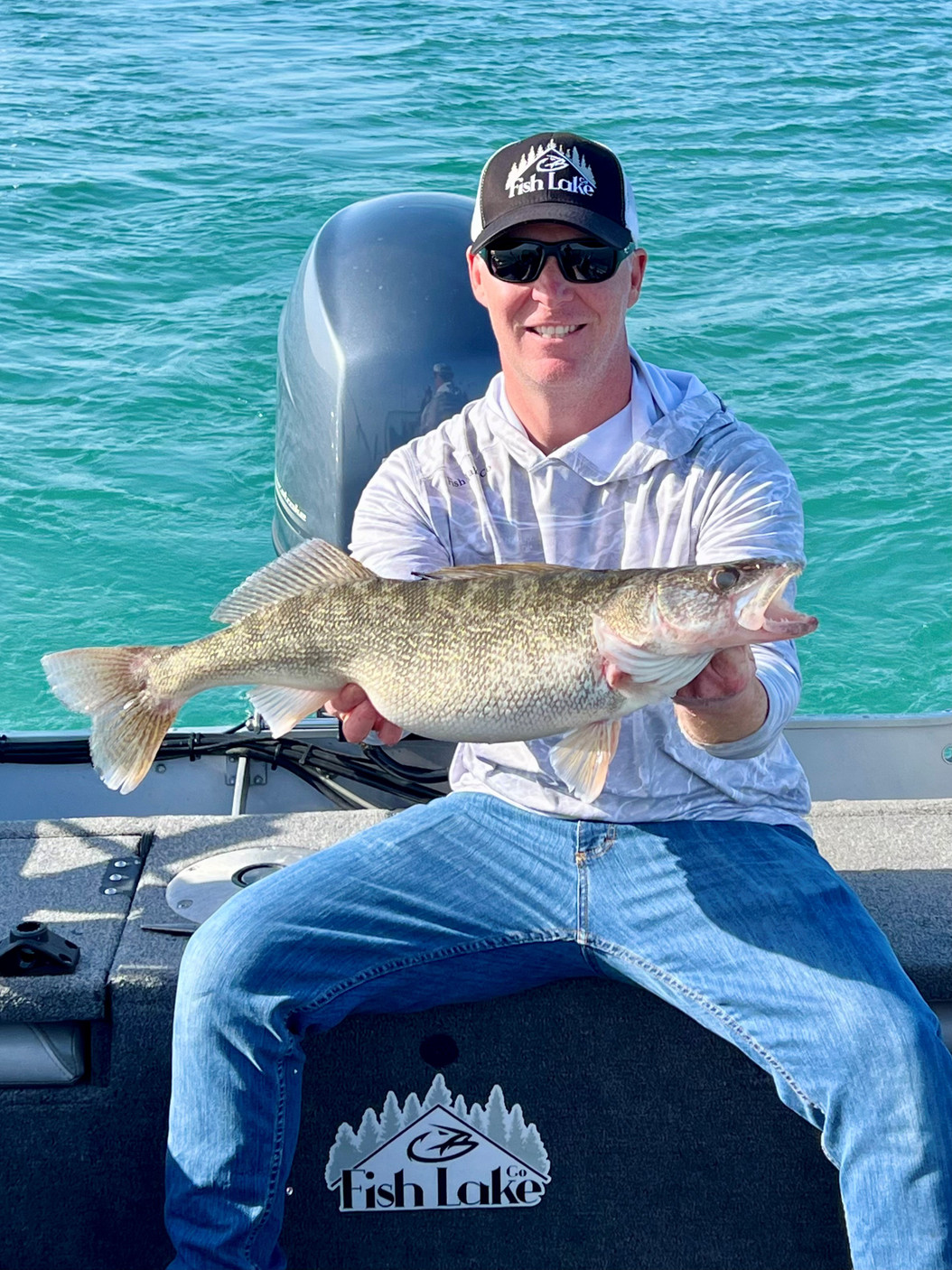Jan 26th 2024
Exploring Outdoor Apparel Textile Options and Their Benefits
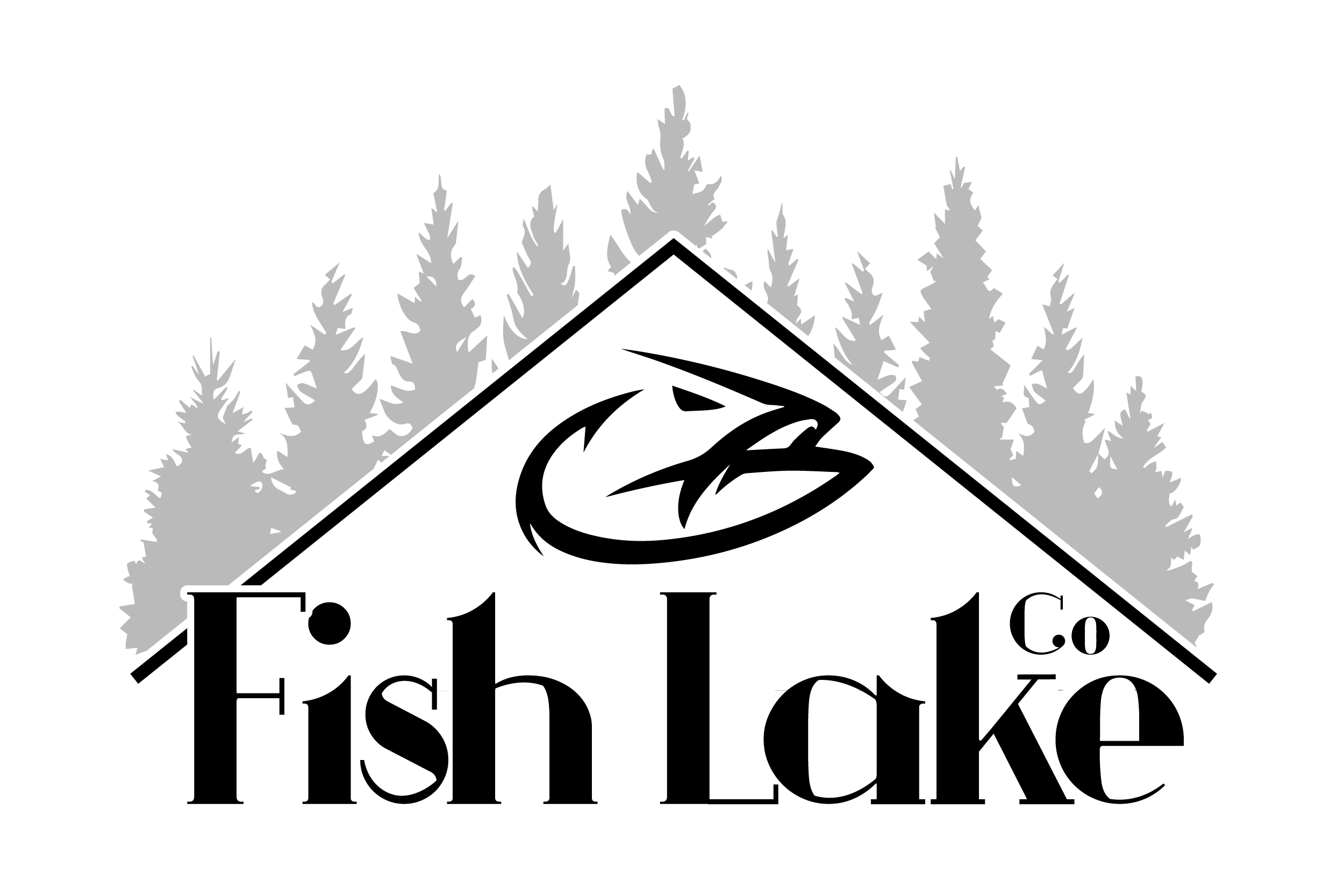
Introduction:
Choosing the right outdoor apparel can significantly enhance your outdoor experience. The textile used in your apparel plays a crucial role in comfort, functionality, and durability. This blog post will explore various textile options for outdoor apparel and their benefits.
1. Polyester:
Polyester is a popular choice for outdoor apparel due to its durability and quick-drying properties. It's lightweight, resistant to wrinkles, and doesn't absorb much moisture, making it ideal for activities that involve a lot of sweating or exposure to water.
Benefits:
- Quick-drying
- Lightweight and durable
- Resistant to wrinkles
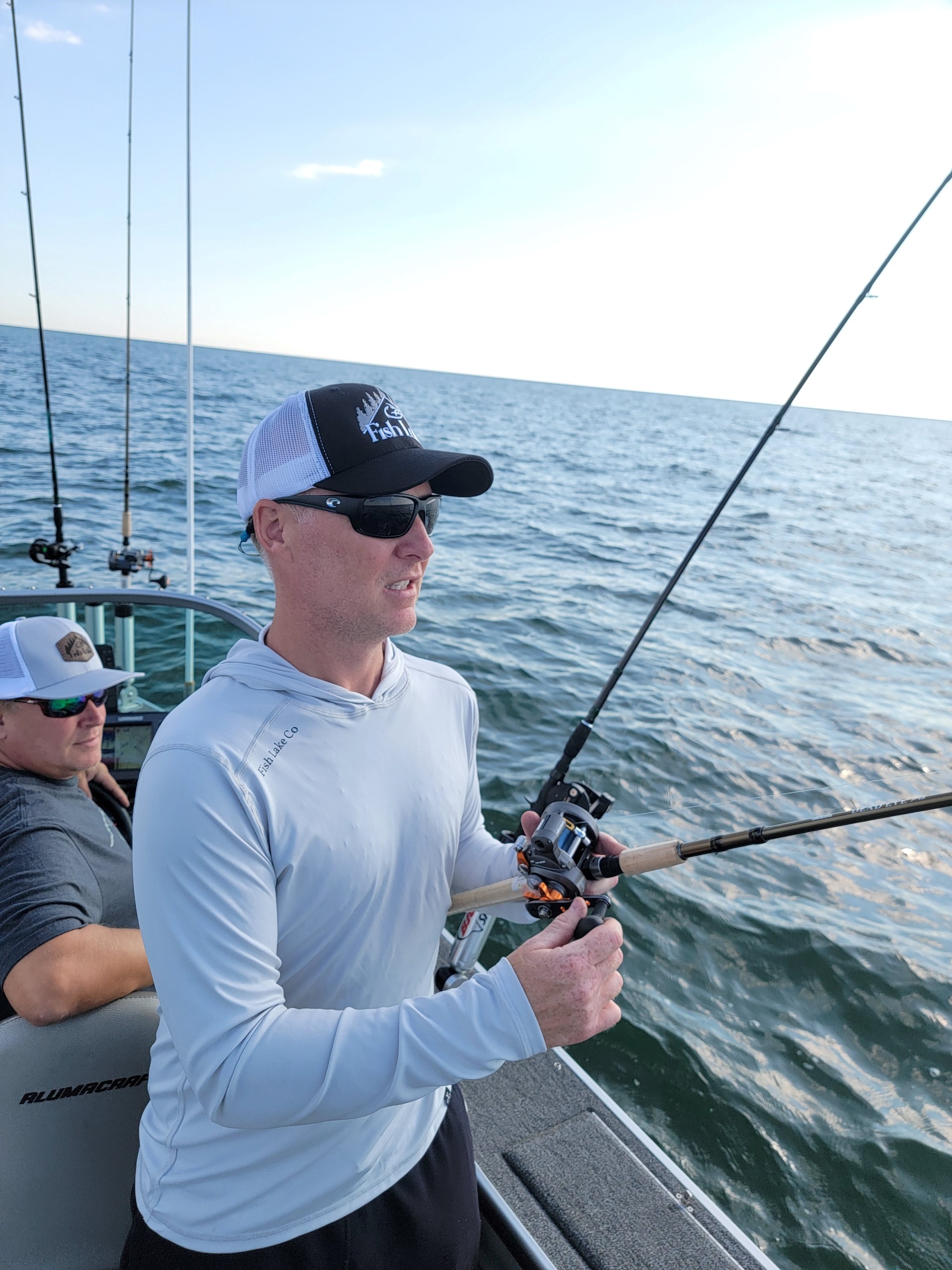

Walleye fishing Lake Erie, Ohio
Featuring Fish Lake Co - Sol Shirt (polyester)
2. Cotton:
Cotton is a natural fiber that's known for its softness and comfort. It's highly breathable, making it a good choice for warm climates. It absorbs moisture and takes longer to dry, which can be a disadvantage for strenuous outdoor activities.
Benefits:
- Soft and comfortable
- Highly breathable
- Good for warm climates and non-strenuous activity
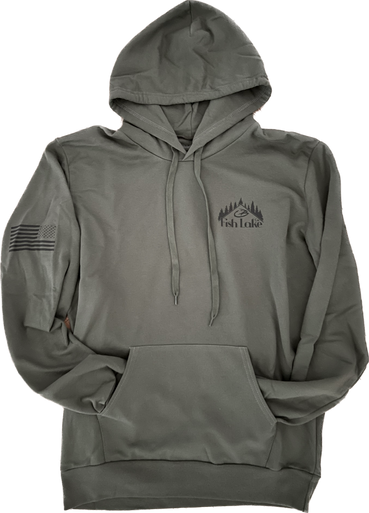
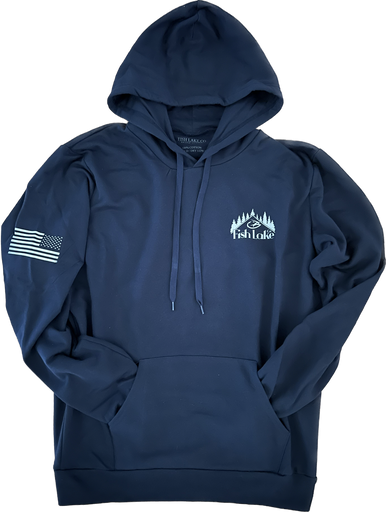
Ice fishing Upper Red Lake, Minnesota
Featuring Fish Lake Co - Pull Hood (cotton) Made in USA
3. Blended Fabrics:
Blended fabrics combine the properties of different materials to create a versatile textile. For example, a blend of cotton and polyester can offer the comfort of cotton and the quick-drying properties of polyester. Blends can be designed to provide a balance of comfort, durability, and functionality, making them a popular choice for outdoor apparel.
Benefits:
- Versatility
- Can combine the best properties of different materials
- Balance of comfort, durability, and functionality

Fishing King Salmon - Lake Michigan
Featuring Fish Lake Co - Million Mile Shirt (blended) Made in USA
4. Fleece:
Fleece is a synthetic fabric known for its warmth and softness. It's lightweight, breathable, and has good insulation properties, making it a popular choice for jackets and mid-layers.
Benefits:
- Warm and soft
- Lightweight and breathable
- Good insulation
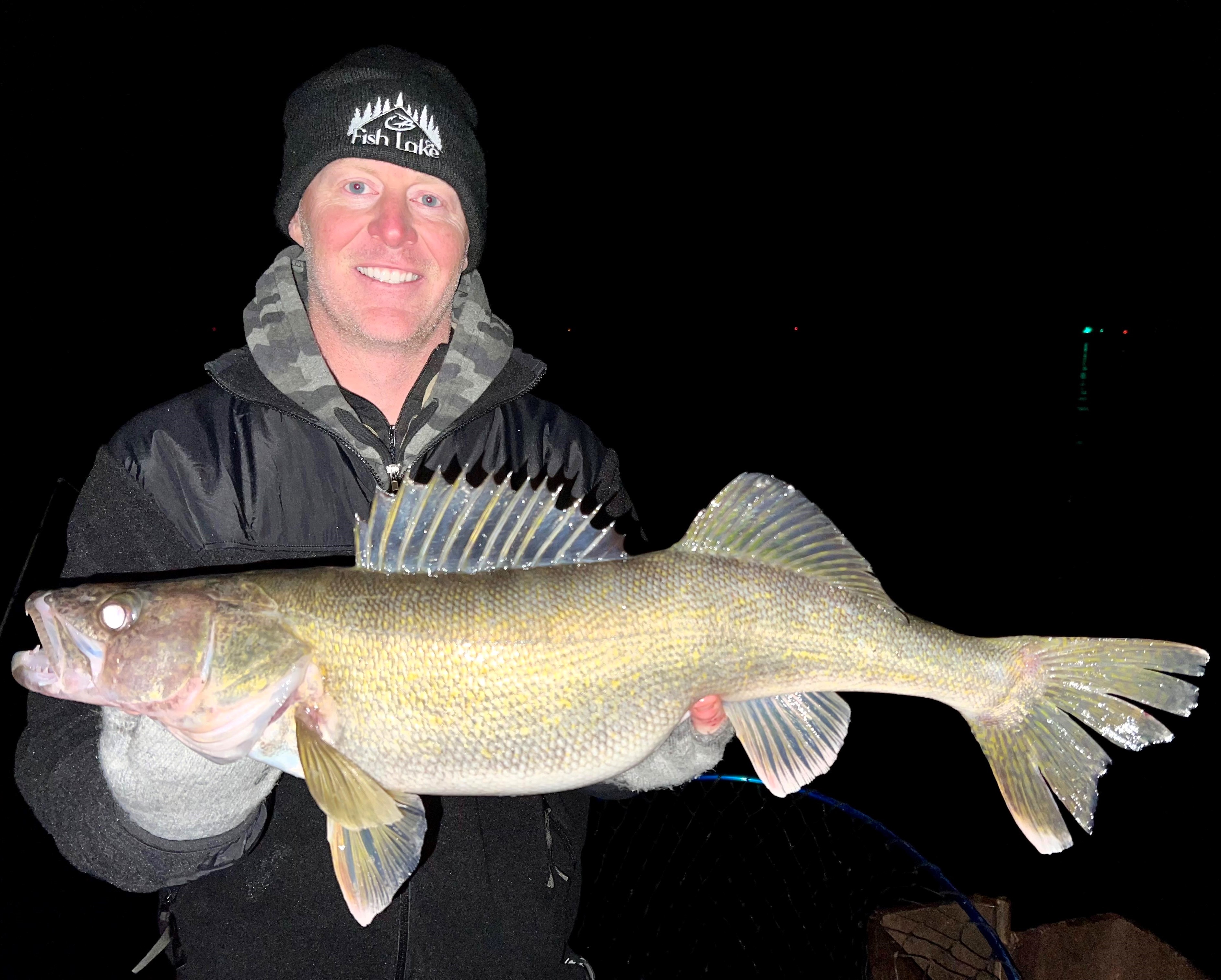
Casting jerk baits for fall walleye
Featuring Fish Lake Co - Pursuit Fleece Jacket (fleece) Made in USA
5. Nylon:
Nylon is another synthetic fabric commonly used in outdoor apparel. It's known for its exceptional strength, abrasion resistance, and resilience. Nylon is also quick-drying and highly resistant to water, making it suitable for rainy weather or water-based activities.
Benefits:
- High strength and durability
- Quick-drying and water-resistant
- Resilient and flexible
6. Wool:
Wool is a natural fiber that's breathable and temperature-regulating. It's an excellent choice for both hot and cold climates as it can keep you warm in the cold and cool in the heat. Plus, it has natural antimicrobial properties, reducing odor build-up.
Benefits:
- Temperature-regulating
- Breathable and soft
- Natural antimicrobial properties
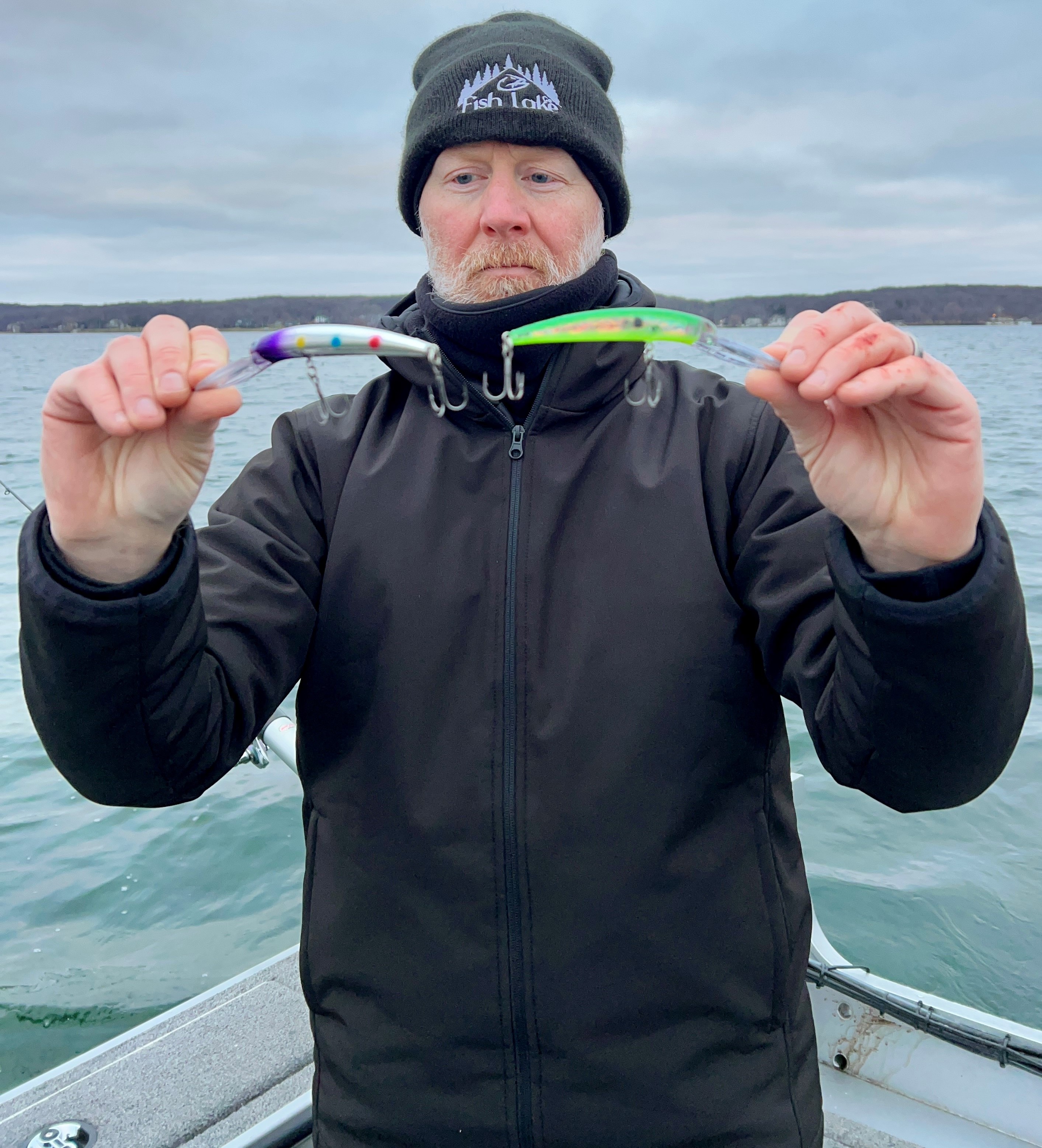
Featuring Fish Lake Co - Nylon Ripstop exterior & Wool Batting Insulation Jacket (releasing Q1 2024)
7. Down:
Down, the soft layer of feathers closest to birds' skin, is renowned for its superior insulation capabilities. It's often used in jackets and sleeping bags for cold weather. However, it can be expensive.
Benefits:
- Superior insulation
- Lightweight and compressible
- Comfortable and cozy
Conclusion:
The textile you choose for your outdoor apparel can make a significant difference in your comfort and performance. Whether it's the quick-drying properties of polyester, softness of cotton, balance of blended fabrics, versatility of fleece, the strength of nylon, the temperature-regulating capabilities of wool, or the superior insulation of down, each material offers unique benefits. Understanding these can help you make an informed decision and get the most out of your outdoor adventures.
Click link below to visit Fish Lake Co website.

